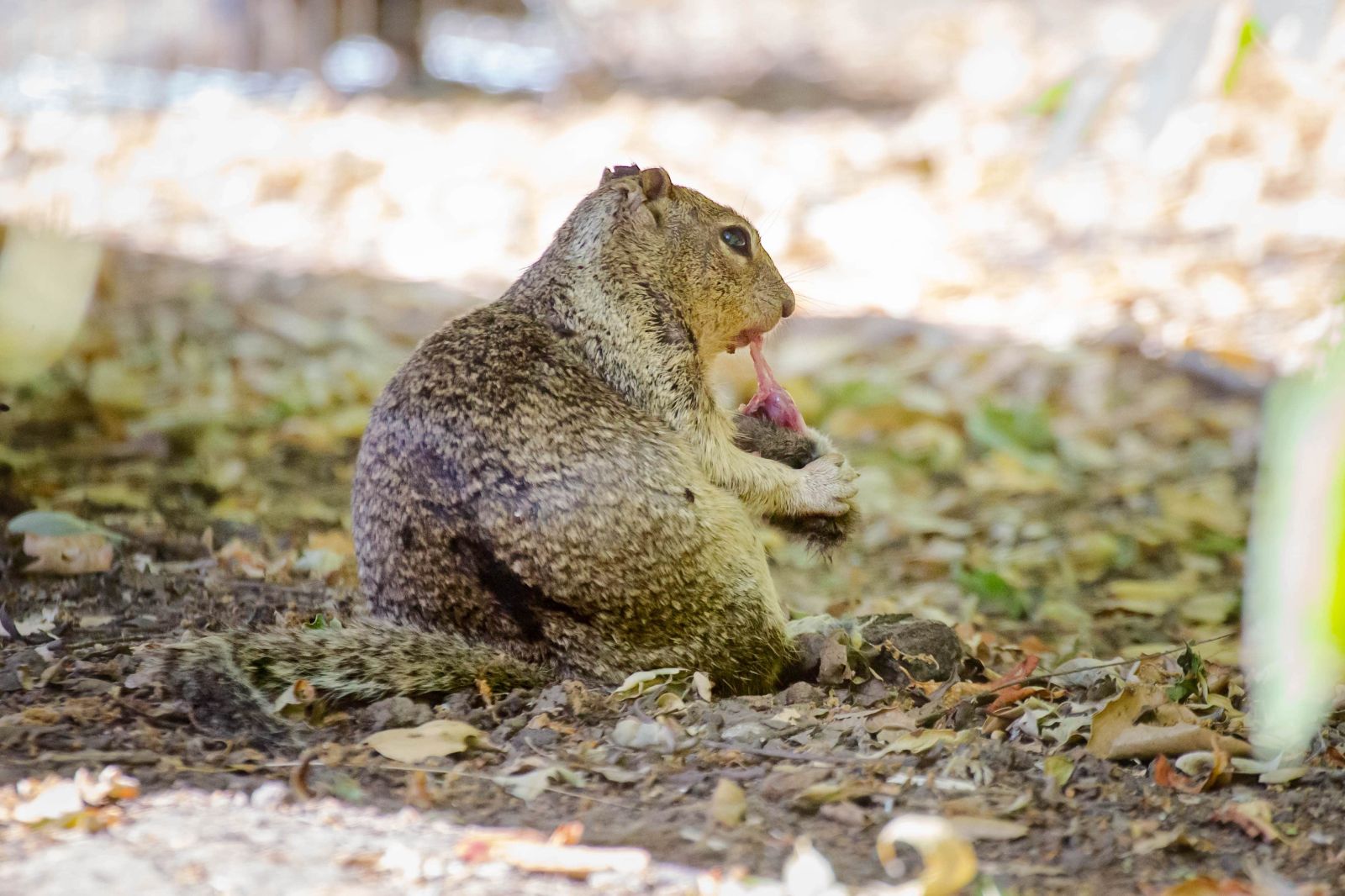Video: these adorable and innocent squirrels turn into... carnivorous predators 🍖
Published by Cédric,
Article author: Cédric DEPOND
Source: Journal of Ethology
Other Languages: FR, DE, ES, PT
Article author: Cédric DEPOND
Source: Journal of Ethology
Other Languages: FR, DE, ES, PT
Follow us on Google News (click on ☆)

In Briones Regional Park, a twelve-year study uncovered carnivorous behaviors in Otospermophilus beecheyi, the California ground squirrel. Of 74 observed interactions between these squirrels and voles, 42% involved acts of hunting. This behavior, filmed for the first time, has startled the scientific community.
Between June and July 2024, a period when the vole population surged, researchers captured footage of squirrels in action. The squirrels attack their prey with an efficient strategy: ambushes, bites to the neck, and vigorous shaking until death.
Jennifer E. Smith, a biology professor, initially admitted skepticism upon viewing the first videos brought back by her students. But after observing this behavior repeatedly, she speaks of a discovery as surprising as it is significant.
Squirrels are traditionally considered granivores, fond of seeds and nuts. However, this dietary flexibility might be a direct response to the rapid changes in their environment, particularly those tied to human activities.
This phenomenon is not unique in the animal kingdom. Opportunists like coyotes or raccoons also modify their diets to survive in disrupted habitats. Squirrels, it seems, are adopting similar behaviors to cope with resource fluctuations.
Sonja Wild, co-author of the study, emphasizes that this behavior could be temporary and tied to specific conditions, such as the overabundance of voles. However, the implications for the local ecosystem remain to be studied.
The question of cultural transmission of these practices also intrigues researchers. Is it a learned behavior passed down through generations, or an instinct that manifests depending on circumstances?
This discovery is a reminder that even the most familiar species, which we sometimes observe from our windows, can still hold surprises. Understanding these adaptations could help anticipate the impact of environmental changes on other species.